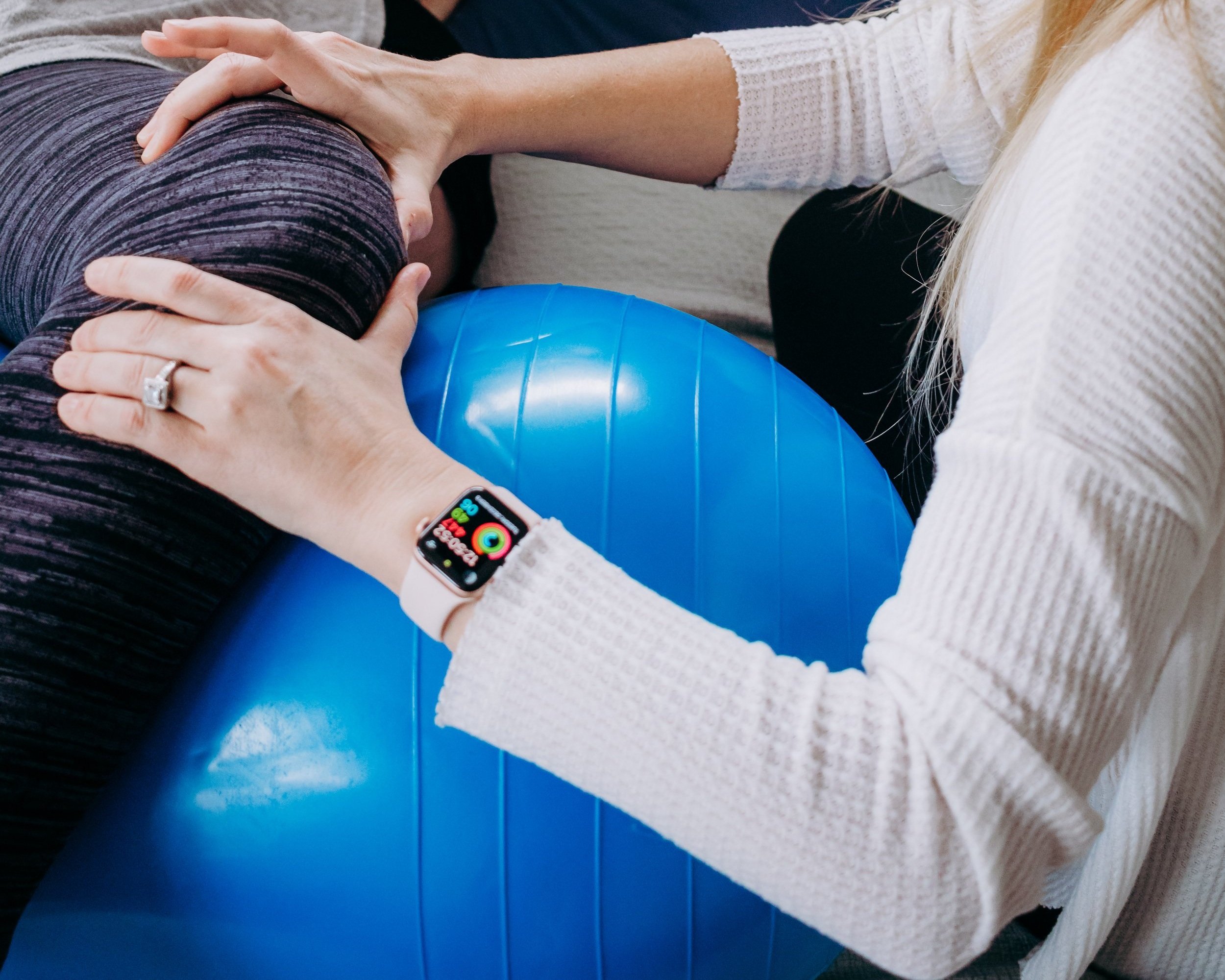The Benefits of Using a Peanut Ball in Labour: Enhancing Comfort and Progression
Labour is a transformative journey that requires strength, patience, and effective pain management techniques. In recent years, the use of a peanut ball during labour has gained recognition as a valuable tool to support women throughout the process. Shaped like a peanut, this versatile tool helps facilitate a more comfortable and efficient labour experience. In this blog post, we will explore why everyone should consider learning how to use a peanut ball during labour, emphasizing its benefits and the positive impact it can have on the birthing process.
Incorporating a peanut ball into labour can have numerous benefits, including optimal pelvic alignment, pain relief, and facilitation of labour progression. By providing comfort, promoting active participation, and supporting the natural birthing process, the peanut ball can contribute to a positive and empowering labour experience. When preparing for childbirth, it is essential to discuss the use of a peanut ball with healthcare professionals, attend childbirth education classes, and consult with experienced birth practitioners to ensure safe and effective usage. Learning how to use a peanut ball in labour can be a valuable addition to any birth plan, helping individuals navigate the challenges of labour with increased comfort and confidence, ultimately paving the way for a more positive and rewarding birth.
1. Optimal Pelvic Alignment:
One of the primary reasons for using a peanut ball during labour is its ability to promote optimal pelvic alignment. Placing the peanut ball between the legs while lying on the side encourages the hips to open wider, allowing the baby to descend into the birth canal more effectively. This alignment can help reduce the duration of labour and potentially minimize the need for medical interventions.
2. Pain Relief and Comfort:
Labour pains can be intense, and finding positions that alleviate discomfort is crucial. The peanut ball offers a variety of positions that provide pain relief and increase comfort during labour. Whether it's using the peanut ball to support the legs while lying on the back, resting on hands and knees, or assuming a semi-reclining position, the gentle pressure and support of the peanut ball can help relieve pressure on the back and pelvis.
3. Promoting Progression of Labour:
Using a peanut ball can help enhance the progression of labour. By encouraging the baby's descent and maintaining optimal pelvic alignment, the peanut ball aids in the progression of contractions, supporting a more efficient labour process. This can potentially reduce the risk of prolonged labour and decrease the need for medical interventions.
4. Versatility and Adaptability:
The peanut ball is a versatile tool that can be utilized in various positions to suit individual preferences and needs during labour. It can be used in conjunction with other comfort measures such as breathing techniques, massage, and hydrotherapy. The adaptability of the peanut ball allows labouring individuals to explore different positions, finding the one that provides optimal support and relief.
5. Facilitating Active Participation:
Using a peanut ball encourages active participation during labour. It allows individuals to engage in movements and positions that promote a sense of control and empowerment. Whether used in a hospital setting or during home births, the peanut ball facilitates an active birthing process, empowering individuals to play an active role in their labour journey.


